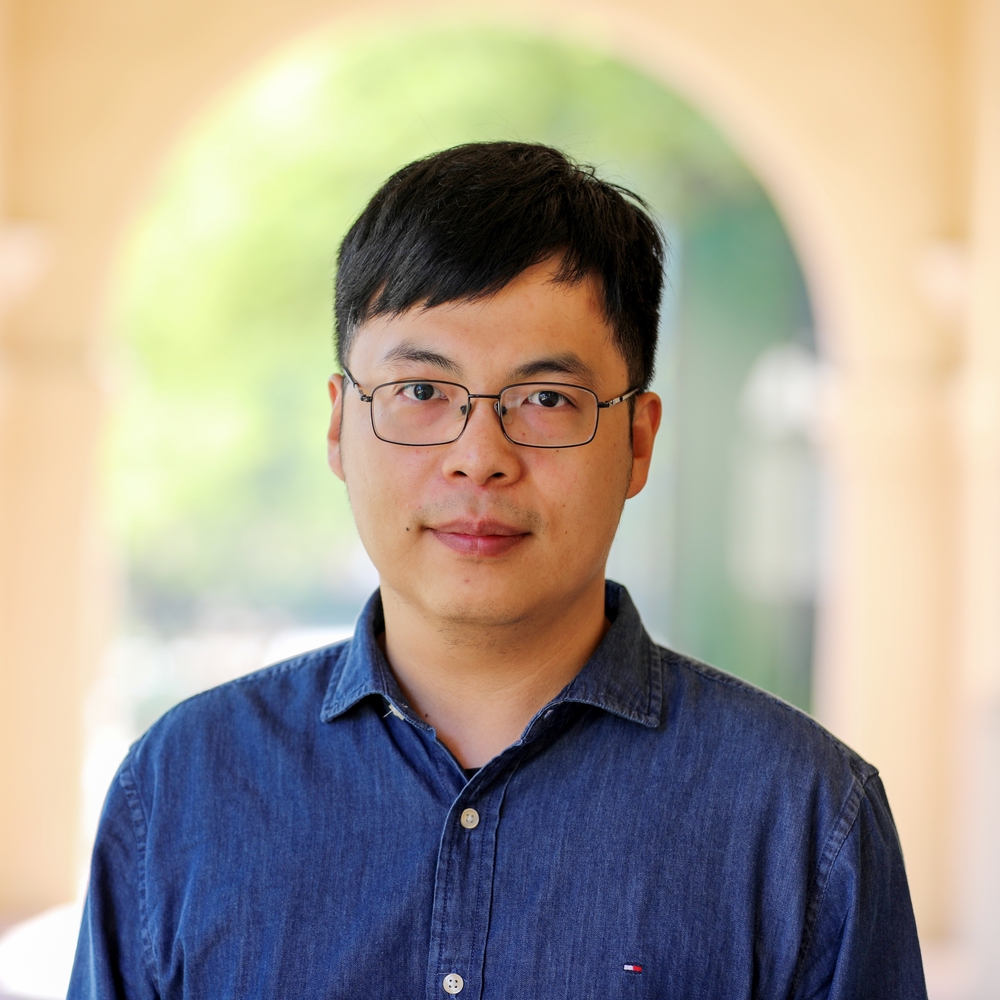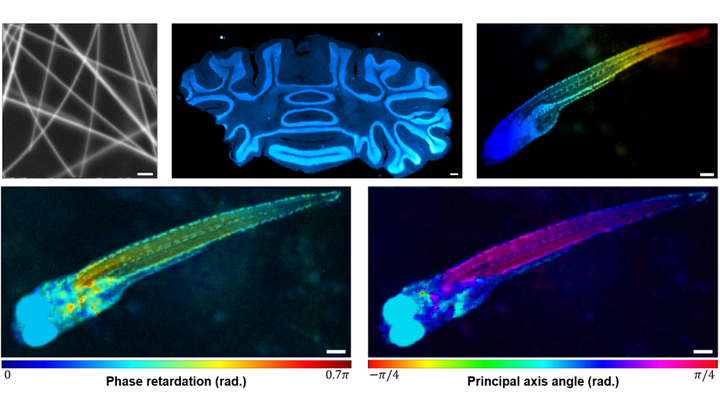Abstract
Quantum imaging holds potential benefits over classical imaging but has faced challenges such as poor signal-to-noise ratios, low resolvable pixel counts, difficulty in imaging biological organisms, and inability to quantify full birefringence properties. Here, we introduce quantum imaging by coincidence from entanglement (ICE), using spatially and polarization-entangled photon pairs to overcome these challenges. With spatial entanglement, ICE offers higher signal-to-noise ratios, greater resolvable pixel counts, and the ability to image biological organisms. With polarization entanglement, ICE provides quantitative quantum birefringence imaging capability, where both the phase retardation and the principal refractive index axis angle of an object can be remotely and instantly quantified without changing the polarization states of the photons incident on the object. Furthermore, ICE enables 25 times greater suppression of stray light than classical imaging. ICE has the potential to pave the way for quantum imaging in diverse fields, such as life sciences and remote sensing.
Publication
Science Advances, vol. 10, no. 10, pp. eadk1495

Assistant Professor of ECEE and BME
I am an Assistant Professor of Electrical, Computer & Energy Engineering (ECEE) and Biomedical Engineering (BME) at the University of Colorado Boulder (CU Boulder). My long-term research goal is to pioneer optical imaging technologies that surpass current limits in speed, accuracy, and accessibility, advancing translational research. With a foundation in electrical engineering, particularly in biomedical imaging and optics, my PhD work at the University of Notre Dame focused on advancing multiphoton fluorescence lifetime imaging microscopy and super-resolution microscopy, significantly reducing image generation time and cost. I developed an analog signal processing method that enables real-time streaming of fluorescence intensity and lifetime data, and created the first Poisson-Gaussian denoising dataset to benchmark image denoising algorithms for high-quality, real-time applications in biomedical research. As a postdoc at the California Institute of Technology (Caltech), my research expanded to include pioneering photoacoustic imaging techniques, enabling noninvasive and rapid imaging of hemodynamics in humans. In the realm of quantum imaging, I developed innovative techniques utilizing spatial and polarization entangled photon pairs, overcoming challenges such as poor signal-to-noise ratios and low resolvable pixel counts. Additionally, I advanced ultrafast imaging methods for visualizing passive current flows in myelinated axons and electromagnetic pulses in dielectrics. My research is currently funded by the National Institutes of Health (NIH) K99/R00 Pathway to Independence Award.
